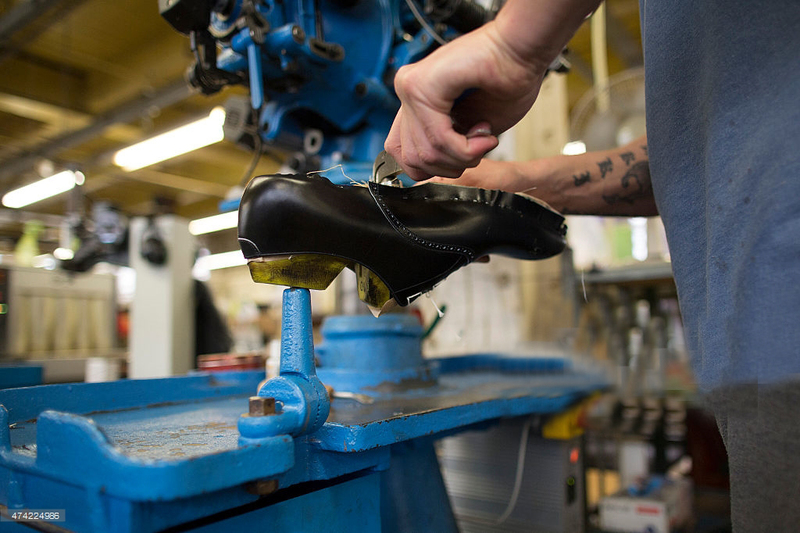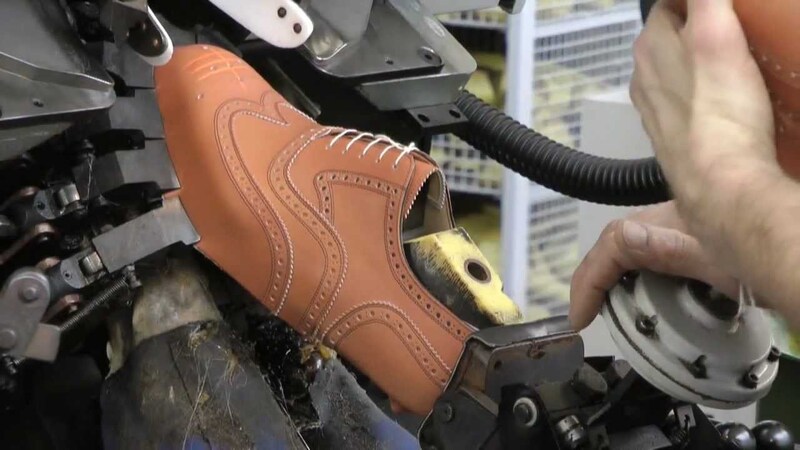The world's footwear industry has been moving to VietNam: Opportunities or challenges?
Vietnam is now regarded as the center of footwear of the world's footwear industry as Chinese, Taiwanese and US businesses are bustling with new investment projects in Vietnam by expanding investment in factories, production line. There is no less expectation that increasing orders will help Vietnamese footwear enterprises have more business opportunities.
FDI footwear enterprises continue to pour into Vietnam, despite the fact that they account for more than 80% of the total market share of 600 factories in Vietnam. US businesses say they are moving production out of China instead of concentrating 75% of their orders in the country as planned by 2020 as China's high inflation, rising minimum wages, the high pressure to pay for retired workers is on the rise. Meanwhile, Vietnam has convergence factors such as stable exchange rates, low minimum wage, young workforce and high labor productivity can be compared with other countries in the region, which helps foreign businesses overcome the difficulties ahead.
According to the Vietnam Leather and Footwear Association (Lefaso), the trend of moving the production line from China into Vietnam is getting more and more, with an estimated current rate of 20%, higher than the first half of 2017. Big brandnames such as Nike, Adidas and Puma shipped large orders from China and Bangladesh to Vietnam. Especially, Target Sourcing Services, one of the 10 largest distributors in the world, and Dansu Group have also surveyed and intend to expand and invest in Vietnam.
Accordingly, labor costs and environmental costs in China are being considered as one of the reasons why many big brands want to relocate some production lines to pther countries in Southeast Asia and in Vietnam particularly.
However, in fact, Pouchen Vietnam Co., Ltd. is working for more than 20 major brands in the world including Adidas, Nike, Puma, Reebook ..., there are no signs of increasing in order. Pouchen has 7 factories in Vietnam, but there is no increase in orders for large labels despite the fact that production capacity is still increasing.
However, orders increase is not necessarily good. Due to the fact that the boundaries between profits and losses in the footwear industry are very fragile. If the enterprise is not prepared for internal forces such as self-design, or the ability to develop samples on the company's requirements, it is difficult to survive. Up to the beginning of 2107, more than one hundred factories in Vietnam outsource to Adidas, but more than 90% of these are Korean and Taiwanese companies. Most of the processing units focus mainly in Ho Chi Minh City, Binh Duong, Dong Nai, Tay Ninh. Currently, TP. HCMC only encourages those in the footwear industry to specialize in sample design, sample development instead of labor intensive.
There is no less expectation that the increase in orders will help the Vietnamese leather shoes company have more developing opportunities. But that is not the case. Because, few years back, there have been no presence of Vietnamese enterprises in their production chain. As analyzed, despite the huge orders produced in the Vietnam market, the major brands do not create many opportunities for the business of Vietnam. Therefore, the movement of leather shoes orders of the world to our country can not be fun for the Vietnam market.
In terms of solutions, enterprises have to design or develop the new samples to find out what kind of raw materials products need and where to buy them. Therefore, it is easy for customers to select materials in Vietnam. In return, it will be designated raw materials and imported raw materials. Vietnamese enterprises should avoid competing directly but conpeting in segments.
Thus, the world footwear industry that is gradually moving to Vietnam is not likely to be fun with the domestic business. Therefore, to make this an advantage, Vietnamese businesses need to find ways to overcome and improve themselves to be able to compete with foreign businesses in Vietnam.










